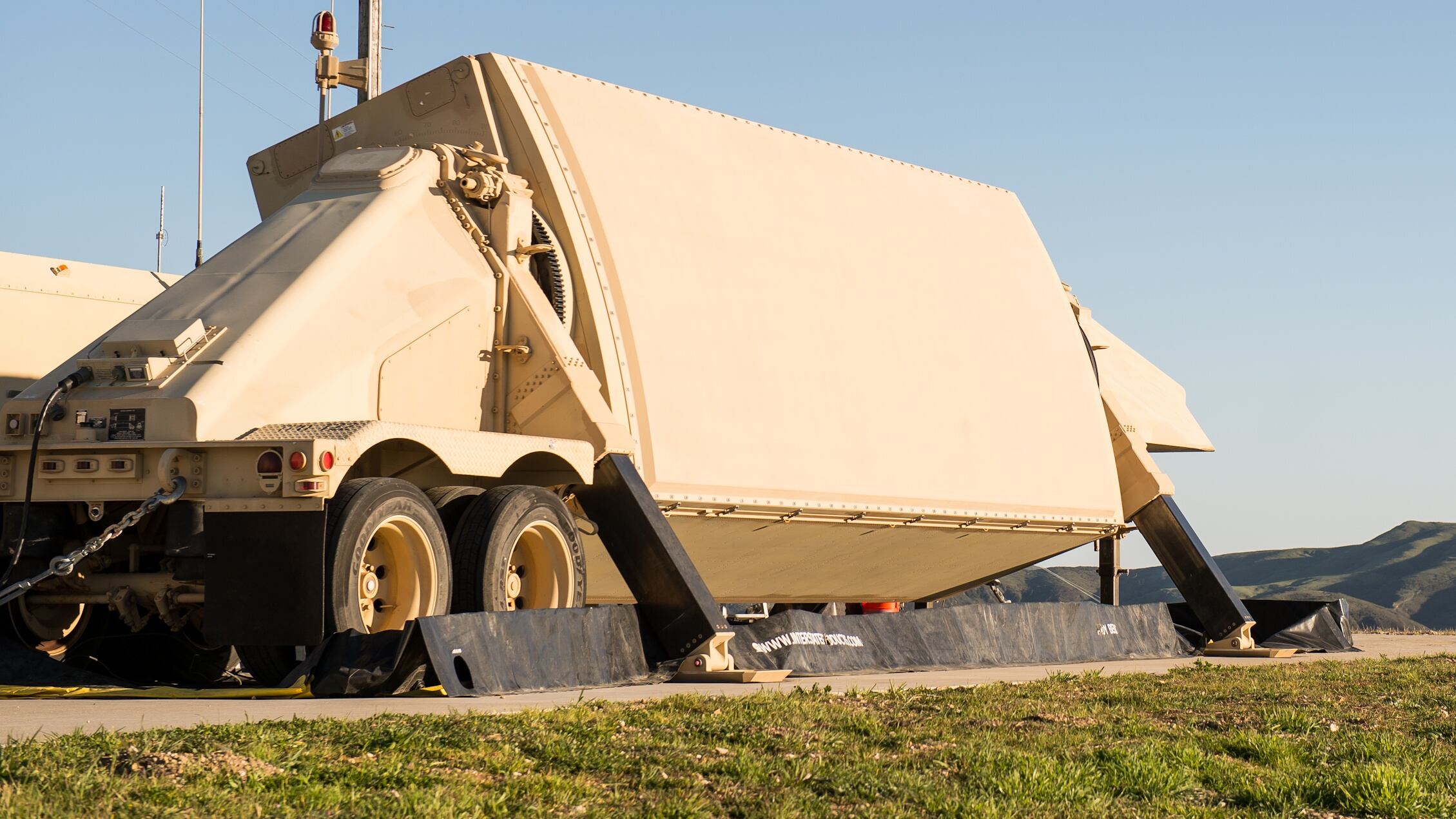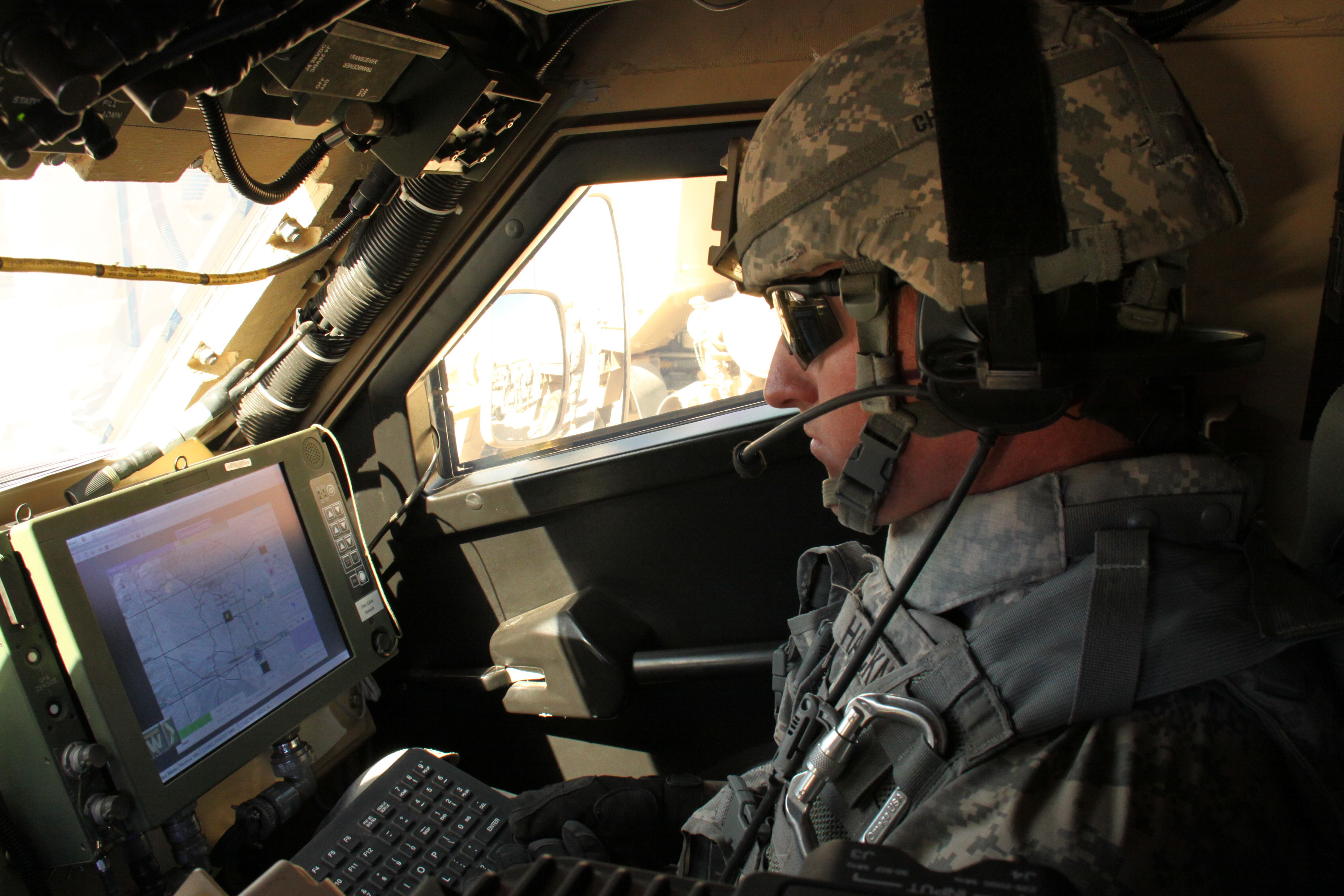Army leaders recognize they can’t forecast what a network will look like in 10 years, so they plan to insert new technologies into the overall network design every two years beginning in 2021 to keep up with the exponential growth of technology and software. To facilitate this modernized network architecture, dubbed the integrated tactical network, Army Futures Command is working to align mature technologies to incremental deliveries.
The cross-functional team is “working with the C5ISR [Combat Capabilities Development Command Command, Control, Computers, Communications, Cyber, Intelligence, Surveillance and Reconnaissance] Center to align all of these [science and technology] efforts so that when they put them on a [capability set] — like advanced air-ground comms or reduced [electromagnetic] signature — they’re lining up those S&T efforts so that they’re available for demonstration one to two years early,” Col. Garth Winterle, program manager for tactical radios in Program Executive Office Command, Control, Communications-Tactical, told reporters during a demonstration at Fort Myer June 18.
“So, when it comes time to field it, it’s actually been through a demonstration and a test and it’s actually ready to go out.”
Winterle, whose office is the primary organization within the program executive office running point on the integrated tactical network, said that while the C5ISR Center explores technologies, the cross-functional team is keeping track of both internal developments and external projects and the pace at which they can be deployed.
“It either comes out of our S&T community or if vendors at technical exchange meetings either demonstrate or communicate that they’re going to have that capability at certain times, that’s where we kind of insert it into the cap sets,” Winterle said.
One such example could be electromagnetic spectrum decoys: devices that are dropped on the ground and emanate a signature akin to a command post, potentially confounding enemies.
RELATED

Winterle said the C5ISR Center is actively pursuing these types of decoys, but they aren’t ready for the first capability set delivery in 2021. There should, however, be prototypes in the field by 2022 at the latest, he said.
In terms of overall funding, the Army is working hard with Congress to make sure the right dollars are in place to keep up with this newer, fast-paced DevOps cycle for the integrated tactical network.
“For the most part we have not been able to run as hard and as fast as we have liked in [20]18 for sure. [20]19 we’ve got a plan and then [20]20 we’ve actually got allocated funding approved by the Hill,” Maj. Gen. Peter Gallagher, the cross-functional team director, told an audience in late May at a technical exchange meeting in Nashville, Tenn.
“We were able to convince the right stakeholders that we needed prototyping funding … [because] industry is really interested, based on these tech exchanges what are you going to put on contract and allow us to participate,” he told C4ISRNET at the event.
Maj. Gen. David Bassett, the program executive officer for Command, Control, Communications-Tactical, told C4ISRNET that they’re trying to identify technology opportunities, which sometimes requires reprogramming of resources during a fiscal year.
“We [want to] make sure we’re clear and transparent to Congress on how those funds are being used,” he said. “We want to be as flexible and agile to take advantage of opportunities to capitalize on technology.
"We want to make sure the resources are there to demonstrate these capabilities on a scale that’s relevant; the ability to demonstrate ITN up through a brigade scale is important to us and something that we’re still working toward.”
Mark Pomerleau is a reporter for C4ISRNET, covering information warfare and cyberspace.








